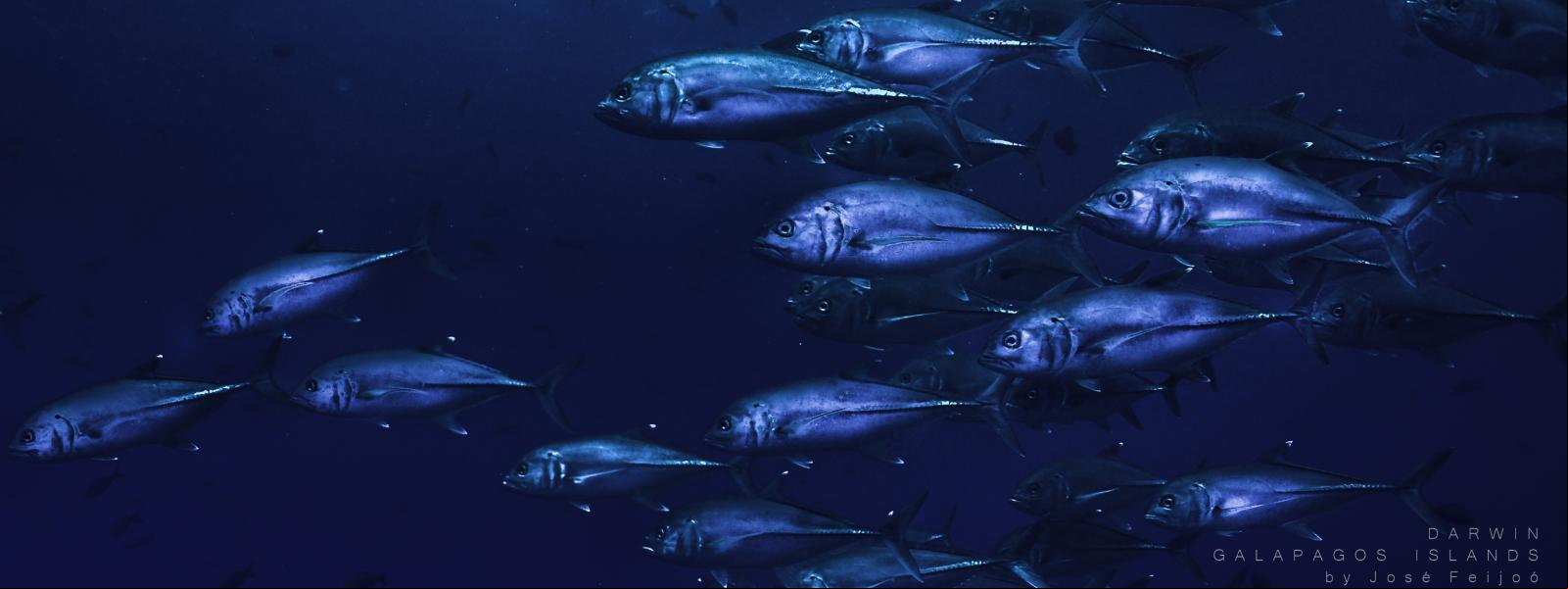
Publications
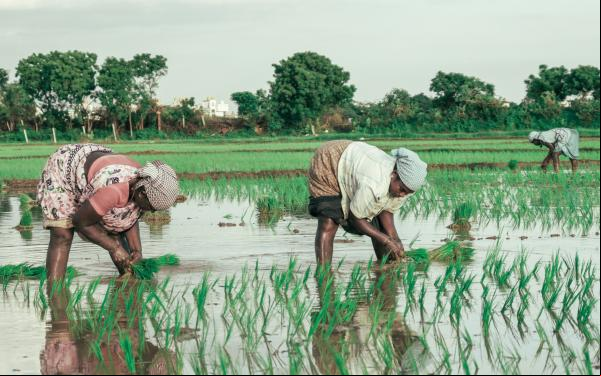
Small investments with great impacts. Territorial gender-just climate solutions
Since 2016, the Global Alliance for Green and Gender Action (GAGGA), together with other actors, has promoted a series of initiatives to strengthen the inclusion of a gender perspective in climate finance, particularly within the projects and financial flows of the Green Climate Fund (GCF).The GCF is the first international climate finance fund to incorporate a gender perspective as a central pillar of its operations, becoming a key framework for advancing equity in the access, use, and allocation of climate resources globally.However, international climate finance that reaches countries is often disconnected from the actual needs of the local communities it is meant to benefit— especially women. This poses a critical issue that demands urgent attention— communities have the right to participate in decisions that directly affect them. At the same time, it misses the opportunity to incorporate local knowledge into solutions— knowledge that could make them more relevant and effective in addressing the climate crisis. In its special report on climate change and land, the Intergovernmental on Climate Change (IPCC, 2022) highlights that incorporating women’s knowledge of land management helps mitigate degradation and s the adoption of integrated adaptation and mitigation measures.Gender-responsive climate finance goes beyond allocating resources to women and promoting gender equality—it requires rethinking how financial and climate solutions are designed and implemented. This means acknowledging the diversity of women, removing barriers to resource access, defunding so-called ‘false solutions’, and ing initiatives that tackle the structural causes of climate change.In Latin America and the Caribbean, many local climate solutions remain unknown to decision-makers. As a result, they struggle to receive , be replicated, or serve as inspiration for other initiatives benefiting the same communities. This publication presents five case studies of successful, locally developed climate solutions with a focus on gender and climate justice. The goal is to strengthen collaboration between those responsible for providing and implementing GCF resources and civil society organizations.The case studies show the efficiency that can be achieved when resources are channeled directly to civil society organizations and communities. All the projects were carried out with budgets under USD 50,000 and made significant contributions to transforming the structural conditions that heighten the vulnerability of territories, women, and other marginalized groups in the face of the climate crisis. Read and the publication
Read more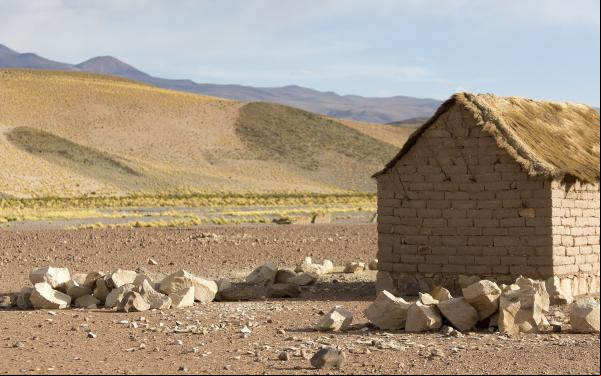
Reimagining the circular economy from the extraction territories. Proposals from Latin America
Among the various global commitments to address current climate crisis, international governance bodies, such as the United Nations, have provided guidance on the need to duplicate renewable energy production and electromobility to decarbonize the global energy mix, calling this process “energy transition”. However, this implies intensifying the extraction of minerals that make the development of these technologies possible. Each region of the world plays a different rol within the supply chain of minerals that will be used in decarbonization proceses. Latin America has been identified as one of the regions with vast mineral reserves that would fuel this transicion proposal. However, in this context of mining interest there is the tendency to make invisible the populations that inhabit these territories as well as their hydrogeological systems of local, regional and global significance.Lithium is one of the minerals that has noticeatly increased its commercial interest in of progress on energy decarbonization. It is in the Gran Atacama region, which encomes areas of Argentina, Bolivia and Chile, where the greatest global reserves are found. Nevertheless, for lithium to be available it requires going through a complex international supply chain, which is particularly complex since it includes mineral extraction, its refining to battery-grade, production of electrodes for batteries, production of batteries and, finally, production of electric vehicles.This situation, of increased demand for minerals in complex global supply chains, generates warnings about the risk for the region to recreate a new cicle of extractivism, should public policies that integrate in an effective way environmental, social and territorial development standards, are not devised and implemented.Circular economy, closely related to the energy transition process, arises as a key strategy to overcoming the logic of traditional linear economy system (take - make - consume - throw away). Its aim is to reduce pressure on the territories and common goods through the incorporation of sustainability criteria to supply chains, by promoting a more rational management of the mineral resources extracted.However, this way of understanding circular economy, linked to minerals for energy transition, is also ed by the expansion of extractivism, especially in the Global South. This comes as a result since decarbonization options requires a huge amounts of minerals for energy storage, and these are extracted at the cost of high environmental and social impacts that threatens the resilience of the ecosystems from where they are extracted posing a risk to the populations that inhabit them.Taking into these limitations, a circular economy proposal, from the perspective of Latin American extraction zones and applied to transition minerals, should contribute to guarantee that changes in the energy mix towards technologies with fewer Greenhouse effect emissions (widely known as energy transition), be truly just throughout all the stages of the process. This implies avoiding the creation, expansion and/or deepening of sacrifice zones, as well as ensuring environmental restoration, guaranteeing compliance with human rights as well as reparation of those rights that have been violated. Furthermore, it should take into the biophysical boundaries and resilience capacity of the environments. Read and
Read more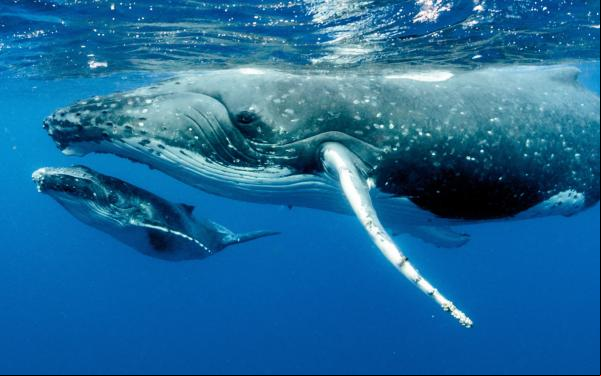
Cetaceans and salmon farming: Challenges for the conservation of marine biodiversity in Chilean Patagonia (executive summary)
In 2018, the environmental organizations Interamerican Association for Environmental Defense (AIDA), Greenpeace, and the NGO FIMA ed forces to confront the threat of the expansion of salmon farming in the southern waters of Chilean Patagonia. Since then, we have been actively working to expose and stop the impacts of intensive salmon production in pristine ecosystems, including special protected areas. In 2021, a scientific study of whale-ship interactions in Chilean Patagonia was published, including a video of a blue whale navigating a high-traffic area. According to the study, the world’s largest and most endangered mammal shares space with up to 870 vessels daily in Chilean Patagonia, one of its main feeding grounds. The study confirmed that 83% of the vessels were involved in the aquaculture industry.This finding shed light on a new facet of the environmental issues facing Chilean Patagonia, home to nearly 30% of the world’s cetacean species, including the endemic Chilean dolphin. This led us to commission a scientific report from a multidisciplinary team of experts to make the information publicly available. The results provided evidence of the impacts of salmon farming on cetaceans in Chilean Patagonia and highlighted the lack of studies and information needed to understand the magnitude and consequences of these impacts, as well as the true risk involved.In addition to complementing the efforts of civil society to demonstrate the urgency of halting the expansion of salmon farming in the country’s southern seas, we hope that this report will specifically draw attention to the real and potentially irreversible problem affecting these emblematic species. We also hope that the report’s recommendations will encourage the development of conservation measures for cetaceans, even in a context of insufficient knowledge, in accordance with the Precautionary Principle — recognized in the General Fisheries and Aquaculture Law, national legislation, and international law — which establishes the obligation to act in favor of environmental protection, even in the face of uncertainty. Finally, we hope that this report will motivate further research necessary to implement concrete and effective protective measures to make our waters a safe space for whales and dolphinsRead and the executive summary
Read more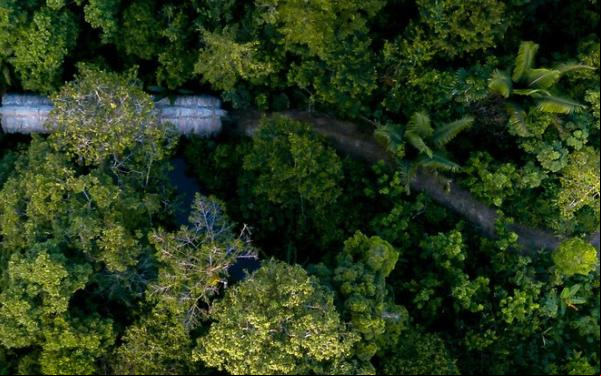
Closure and Responsible Exit
A requirement for environmental and climate justice in Latin America No natural resource (material or energy) extraction project lasts forever. Its useful life is subject to many variables, including endogenous factors -such as the amount of resource reserves or the extraction rate- and exogenous factors -such as decisions to address the climate crisis, the decrease in demand, financial problems, etc.- that condition the moment in which the project must close or the moment in which an actor in its value and supply chain must leave. Regardless of the length of the project's useful life or how it may be affected, a responsible closure process with the natural environment and society must be contemplated, which must be desired and promoted by all the stakeholders involved.This issue is even more relevant in the context of the climate crisis we are experiencing, which makes it urgent to implement measures to manage it in the short, medium and long term. Many of the actions required to meet greenhouse gas (GHG) mitigation targets are related to energy transition, which implies, in general , at least two things: 1) the substitution of fossil fuel extraction and use projects and 2) the promotion of low-emission renewable energies, which are associated with mineral extraction. In both scenarios, closure and exit issues are of great importance.In both extraction and generation projects, the role of their promoters, whether public or private, is essential. Likewise, the obligation of supervision and oversight of the States is very important for the protection and guarantee of the rights of those who may be affected. On occasions, the responsibility of the exit includes other key actors that are part of the value and supply chains of the projects: investors, insurers, distributors and buyers, among others.In Latin America, there have been important advances in regulating aspects related to the authorization, start-up and implementation of mining and energy projects. In these phases, environmental principles such as prevention and precaution, as well as rights such as prior consultation and free, prior and informed consent, and access rights, have played a crucial role in determining the viability and progress of projects, as well as in protecting and guaranteeing the rights of communities in the region. However, experience has shown that there are significant challenges for the closure and exit processes to be responsible with the ecosystems and communities involved. Indeed, the lack of a closure process, as well as the lack of clarity about the obligations surrounding the social transition processes and overcoming the conditions of economic dependence, are complex obstacles that can exacerbate environmental and social impacts. This report arises from the idea of proposing approaches based on law and science to address the closure and responsible exit of projects. To this end, we at the Interamerican Association for Environmental Defense (AIDA), in the period 2022-2024, interviewed various stakeholders1 and systematized 12 cases that exemplify the problematic situation of multiple fossil fuel extraction, mineral and power generation projects, which are in the closure phase or in exit processes in different countries of the region. These cases highlight the current challenges and legal, technical and istrative gaps regarding closure and exit in specific contexts.With this publication, we seek to provide answers to the following questions: what is meant by project closure and exit, what is the basis for closure and exit obligations under international law, what should closure and exit look like, who should be involved in these processes, and how should the social, environmental, economic and human rights challenges and impacts that arise from them be addressed"> The global push for renewable energy to reduce climate-aggravating emissions has revealed how the environmental and social costs of mineral extraction fall disproportionately on local communities and ecosystems. The rush for so-called “critical” minerals exacerbates the very crises it seeks to help solve, worsening ecological degradation and perpetuating socio-economic injustice in the Global South. The circular economy allows the development of new economic and governance models to overcome the linearity of the international trade system. From a Latin American perspective, the circular economy must incorporate ecological parameters to ensure the maintenance of ecosystem services and the value of raw materials, while respecting the human rights of those who depend on the ecosystems from which these raw materials are extracted. AIDA is a pioneering regional organization that uses the law and science to protect the right to a healthy environment in Latin America. Focused on strengthening the just energy transition, AIDA's work includes an emphasis on value chains and circular economy models from a Latin American perspective. The race for lithium from the perspective of place Andean wetlands are a series of highly biodiverse ecosystems that provide multiple ecosystem services. However, these ecosystems are highly fragile and are currently threatened by the climate crisis, water crisis, and mining pressures, particularly regarding lithium. The Gran Atacama, located in the high Andean wetlands of Chile, Bolivia and Argentina, is estimated to contain approximately 68 percent of global lithium reserves, in the form of brine. As such, the mining industry has renamed this region to focus on one mineral, calling it the “lithium triangle.” The reality is that the area is much more complex than just its minerals. In the Gran Atacama, local communities and indigenous peoples depend on the stability of the ecosystem for their cultural, social and economic well-being. Economic activities there are linked to agriculture, industrial employment, bureaucratic services, and tourism. Sixty percent of lithium deposits are in areas of medium, high and extremely high-water risk. At least 30 ongoing lithium mining projects in various stages of development have been identified throughout the Gran Atacama. Public opinion in these three countries has demonstrated significant concerns about the lithium mining industry and the sustainability of these activities, particularly in relation to a history of mismanagement of environmental liabilities in the past. A circular economy perspective is essential for sustainability The current climate crisis is linked to the linear nature of our current economic system and its assumption of infinite natural resources. The history of large-scale mining activities in the Global South exemplifies this perspective. The circular economy could offer a solution to create a more sustainable value chain for raw minerals and enable a just energy transition that benefits all regions of the world. However, the following points must be considered: The drivers and barriers for creating a circular economy within mining processes may vary from region to region. Building a global circular economy for lithium needs to encom the material extraction stage more comprehensively, not only through industrial circularity activities, but also from an ecosystem and human rights perspective. The loss of natural capital in lithium-exporting countries is a major concern, not only because of material extraction, but also because of its impact on ecosystems. In Latin America, non-renewable natural capital represents 3.2 percent of total wealth, while natural capital represents 10.9 percent. Intensive extraction without recognizing environmental and human rights concerns depletes natural wealth, some of which is already used by local populations. A circular economy for raw materials must balance the extraction of minerals with the preservation of ecosystems. Economic mechanisms must be found to prevent the replacement of natural capital with technological capital, to create a truly circular economy. Tariff inequality for critical minerals, including lithium, is widespread and results in an uneven distribution of economic benefits along the value chain of raw minerals. Market rules impose low tariffs on critical raw materials, while high tariffs are applied to technology and specialized labor, neglecting the added value of natural resources. This results in lost potential to generate further profits in subsequent stages of the value chain. Economic mechanisms are needed to ecosystem conservation, proper management and economic valuation of nature, and to address the inherent inequality and linearity of the current economic system. A circular economy proposal from territories of extraction The lithium value chain is transnational, and each region involved has different actions to take to achieve a global circular economy. Circularity in mining areas depends on the conservation of ecosystems that contain lithium and other minerals. Since raw materials are extracted from these ecosystems, our mission is to preserve them and plan the use of non-renewable resources from an ecological perspective, respecting biophysical limits and human rights. In this regard, from the perspective of the extractive regions, the proposal can be related to: Strengthening the circular economy perspective in and from extractive regions and increasing knowledge sharing with other regions, both in the global North and South. Expanding the concept of a global circular economy for lithium to include an ecosystem perspective in extraction planning, rather than focusing solely on a supply and demand perspective. Appropriate valuation of both non-renewable resources and the ecosystems in which they are located, through the exploration of environmental taxation mechanisms that could be integrated into the mining sector to: Create clear market signals about the value of natural and non-renewable resources and reduce the demand for intensive extraction of raw materials. Generate revenues to ensure a fair share of directly affected communities through benefit-sharing mechanisms and to facilitate increased investment in technologies to advance the circular economy faster and more efficiently. Ensuring timely and adequate compensation for contamination. Developing proposals for economic models that incorporate the ecosystem services and materials used or affected during lithium production. For example, implementing specific carbon pricing for mining activities and strengthening legal mechanisms based on the “producer responsibility” and “the polluter pays” principles.
Read more
The Manaus Declaration on Human Rights in the Climate Emergency
Indigenous Peoples, local communities, Afrodescendants, tribal and rural communities, children and adolescents, women, LGBTQI+, non-governmental organizations, platforms, institutions, and individuals urge the Court and States to adopt minimum standards for the protection of human rights in the context of the climate emergency, as elaborated during the public hearings of the Advisory Opinion, particularly the one held in Manaus, Brazil, from May 25-29, where communities, peoples and civil society of the region met in an unprecedented judicial setting.We notice that the overall balance, after more than 30 years of international discussions regarding the climate emergency, is regrettable, as there is no evidence of an effective commitment by States to avoid greenhouse gas (GHG) emissions, to grant reparations to those who have suffered climate damage, and to ensure that changes in their internal laws and policies, including economic policies, are compatible with the average global temperature limit set in the Paris Agreement.We highlight that several international courts, including the Inter-American Court of Human Rights, have the historic opportunity to formally clarify the human rights obligations of States in the context of the climate emergency through its advisory function, and in that sense, to set robust standards for the protection of rights based on current international standards relating to the protection those populations that have been historically excluded and discriminated against, and that are significantly more vulnerable to the climate emergency. Read and the declaration
Read more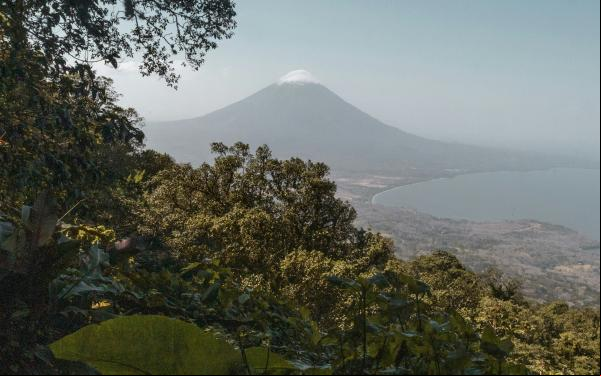
Leading participatory monitoring processes for Green Climate Fund financed projects
The Green Climate Fund (GCF), a multilateral climate fund under the United Nations Framework Convention on Climate Change (UNFCCC), allocates funding for projects and programs aimed at reducing greenhouse gas emissions and building resilience to climate change impacts in developing countries. To date, the GCF board has approved 243 projects worldwide, committing 13.5 billion USD in total. Notably, approximately 26% of these projects and programs target Latin America.This financial mechanism has become a lynchpin of the climate finance architecture, challenging conventional approaches to international projects. It is governed by a board with equal representation from developed and developing countries (UNFCCC designations); robust environmental and social policies rooted in human rights; an indigenous people’s policy, backed by an advisory group that interfaces with the Secretariat and the Board; a stated preference for maximal information disclosure; a seat for active observers representing civil society organizations; strong ties to the UNFCCC and the Paris Agreement; and an explicit mandate to include a gender perspective. In fact, all approved projects and programs are required to integrate a Gender Action Plan (GAP). In addition, the GCF is mandated by its own policies to facilitate stakeholder participation mechanisms. These mechanisms encom representation from diverse sectors, including the private sector, civil society organizations, vulnerable groups, women, and indigenous peoples.Though implementation of these safeguards and progressive policies is far from perfect, their existence lays the groundwork for stronger future implementation. Civil society, including feminist movements and organizations, engage with the GCF as a climate finance mechanism that should continue to be strengthened. The explicit analysis and commitment mandated for each project regarding social and gender considerations not only facilitate engagement but also uphold ability.In late 2022, partner organizations of the Global Alliance for Green and Gender Action (GAGGA), including the International Analog Forestry Network (IAFN), Asociación Interamericana para la Defensa del Ambiente (Interamerican Association for Environmental Defense, AIDA), Fondo Centroamericano de Mujeres (Central American Women’s Fund, FCAM), Fondo Tierra Viva (Tierra Viva Fund) and Women’s Environment and Development Organization (WEDO), collectively launched a pilot initiative. The project aimed to facilitate participatory monitoring of the implementation of the project FP089 Upscaling climate resilience measures in the dry corridor agroecosystems of El Salvador (RECLIMA). 3 RECLIMA was approved by the Board of Directors of the GCF during its 21st meeting (B.21) in 2018. For the fieldwork, an alliance was formed with Unidad Ecológica Salvadoreña (Salvadorean Ecological Unit, UNES), a local ecofeminist NGO advocating for environmental and gender justice in El Salvador.The main objective of this project was to pioneer a participatory monitoring process for a GCF-funded project, with specific emphasis on gender equality. Each participating organization approached this collaborative initiative with genuine curiosity, eager to explore its feasibility and potential impact. There was also a collective commitment to openly share information about the process, results, challenges, and lessons learned. This report aims to summarize the outcomes of this exercise, providing an overview of the RECLIMA project and highlighting the importance of gender equality and participatory monitoring within climate projects; as well as sharing primary findings and key recommendations, tailored to GCF Accredited and Executing Entities. Read and the report
Read more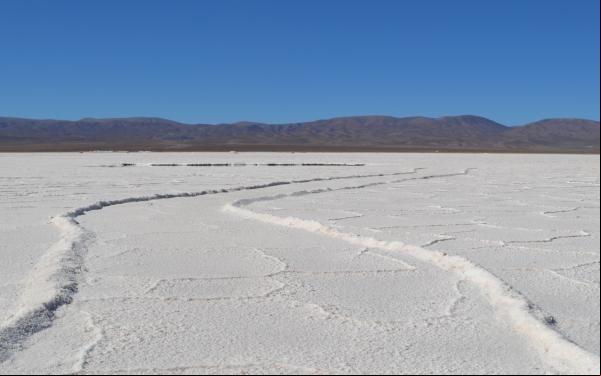
Lithium Fever: Indigenous Peoples’ Rights Under Attack in Jujuy, Argentina
International Fact-finding Mission Report (21-25 August 2023) Jujuy is one of the 23 autonomous provinces making up the federal state of the Argentine Republic. It is located in the north west of the country, bordering the Plurinational State of Bolivia and the Republic of Chile. According to the official census, it is one of the provinces with the highest percentage of indigenous population in the country.On 20 June 2023, the Jujuy Province approved the modification of 193 of the 212 articles of its Provincial Constitution,1 through a Constitutional Convention that was in session for less than a month.The constitutional reform was the subject of numerous and prolonged citizen protests. During and after its approval, different social sectors in Jujuy criticised the lack of citizen participation and the exclusion of indigenous peoples’ voices in the constitutional process. They also denounced provisions in the new Constitution, which severely restrict the right to protest and undermine the rights of indigenous peoples over their ancestral territories and water sources.Eight international civil society organisations with extensive experience in human rights and environmental rights carried out an international fact-finding mission to Jujuy from 21 to 25 August 2023. of the International Federation for Human Rights (FIDH),2 the Interamerican Association for Environmental Defense (AIDA), Brot für die Welt/Bread for the World, the Economic, Social and Cultural Rights Project (ProDESC), the Human Rights Law Centre (HRLC), the Centre for the Study of Law, Justice and Society (Dejusticia), Movement Law Lab (MLL) and the Global Network of Movement Lawyers (GNML) participated in this initiative.The objective of the international fact-finding mission was to document, through fieldwork and access to direct sources, potential violations of human and environmental rights that occurred in the context of the constitutional reform, including the repression and criminalisation of people who participated in and promoted protests against it. To this end, the mission interviewed civil society actors, representatives of indigenous peoples and provincial and national authorities. Meetings took place both in San Salvador de Jujuy, the provincial capital, and in rural communities located in the towns of La Quiaca, Salinas Grandes, Susques, Humahuaca, San Roque and Purmamarca.The international fact-finding mission acknowledges that the Provincial Government of Jujuy, as well as the National Government of the Argentine Republic, offered the necessary guarantees for the visit to take place and provided information on the human rights context, respecting the right to defend human rights. It is also grateful for the trust of the representatives and of indigenous and rural communities and human rights and environmental defenders, who shared their testimonies with the mission. To all of them, we express our recognition and solidarity with their struggle for human rights.This report contains the main findings of the international mission, based on the field visit, the review of primary and secondary documentary sources and the processing of the information gathered during and after the visit to Jujuy, through interviews with more than one hundred people. Read and the report
Read more